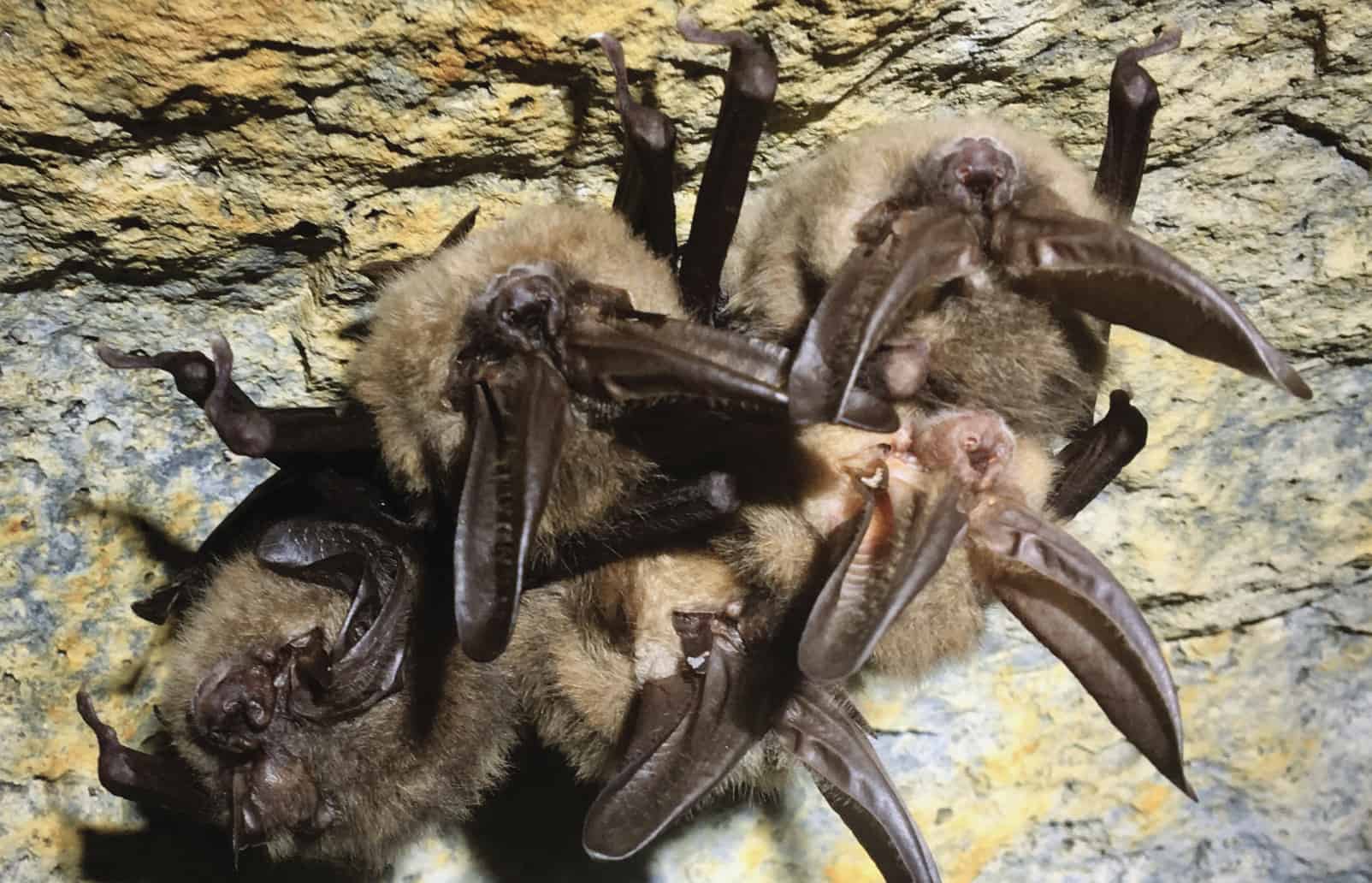Share this article
What puts detection dogs on the wrong scent?
Detection dogs are becoming more prevalent as a technique for wildlife biologists. Their noses sniff out scat that can provide clues to wildlife presence and movement. But they’re not always so accurate. Sometimes, between 4 to 45 percent of the time, the dogs’ findings are for nontarget species.
Biologist Karen DeMatteo wanted to know why. A lecturer and researcher at Washington University in St. Louis, DeMatteo uses the same detection dog in her research in both Argentina and Nebraska. But in Nebraska, where she is helping with studies on puma movement (Puma concolor), she noticed the dog pointed her toward the wrong animal scat more frequently than in Argentina, where she studies pumas and other species, including jaguars (Panthera onca) and bush dogs (Speothos venaticus).
“I was obsessed with trying to figure out if it was a handler issue, a dog issue or something else,” said DeMatteo, a TWS member and lead author of a study on detection dog accuracy published in Scientific Reports.
She and her colleagues first considered urine that non-target species might mark areas with. The DNA from this urine could shift the genetic profile of the scat they’re targeting, the researchers figured. They confirmed this was a possible explanation through a series of genetic trials.
The team then considered the dog might be generalizing its search image to locate target urine or non-target scat containing prey the target species also consumes. However, a series of field trials demonstrated this was not happening.
The team also looked at the tendency of some animals to eat other species’ scat — “coprophagy.” It was difficult to catch a coyote (Canis latrans) eating cougar scat on a camera trap, so they tested the theory on domestic dogs (Canis familiaris) and captive coyotes. The dogs and coyotes did, in fact, eat the puma scat. Field trials confirmed that the samples post-coprophagy had a mixed-olfactory profile that threw off the dogs. In addition, if an animal picks up another’s scat, researchers concluded, saliva could contaminate the genetic profile of the sample and reduce the apparent accuracy of detection dogs.
So why was the dog more accurate in Argentina than in Nebraska?
“Argentina doesn’t have a species like coyotes,” DeMatteo said. She suspects that may be one reason her detection dog had less “error” there.
Because of these possibilities, genetically testing scat is important to make sure that the dog detected the right species, she said. Training samples should also be genetically tested, DeMatteo said, to make sure it really is from the target species.
“I think it’s still a great idea to use detection dogs,” she said. “The important thing is coming up with some consistency in the technique.”
Header Image: ©Marnie A. Pepper/USDA








